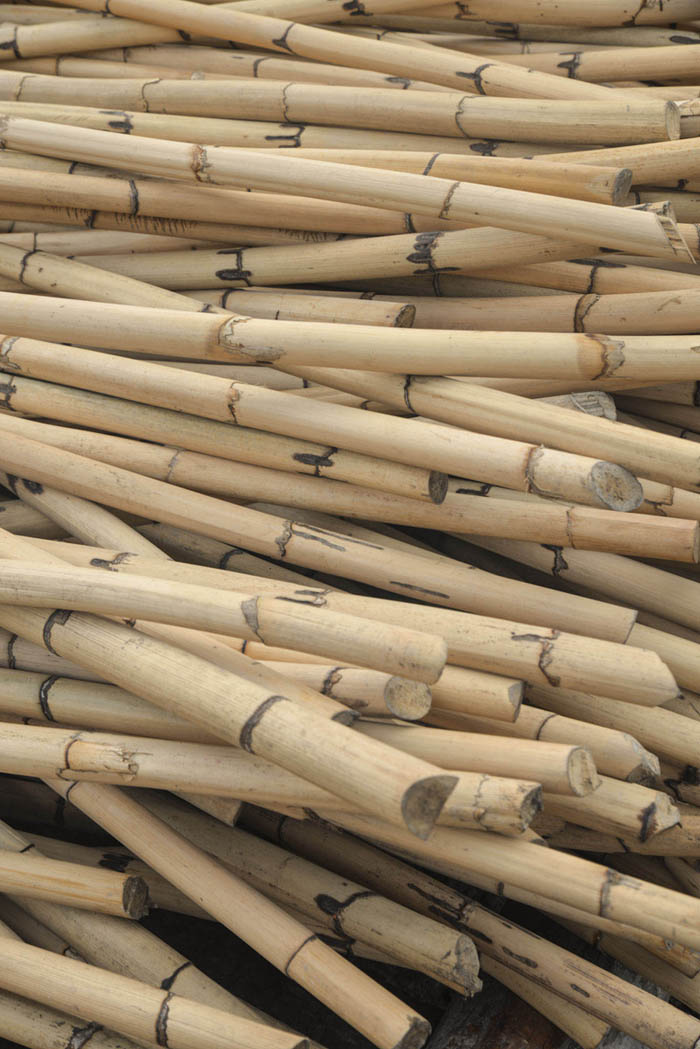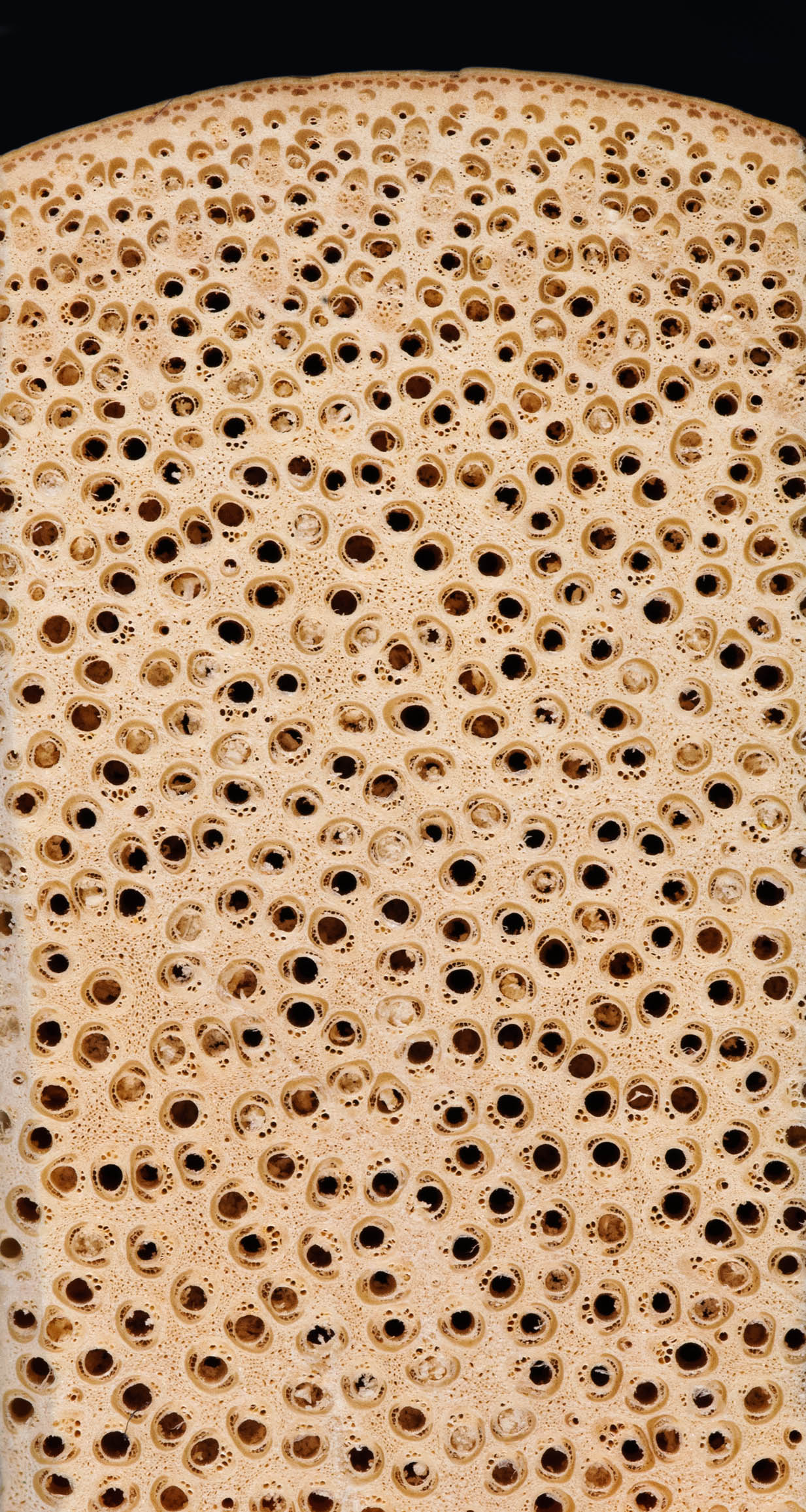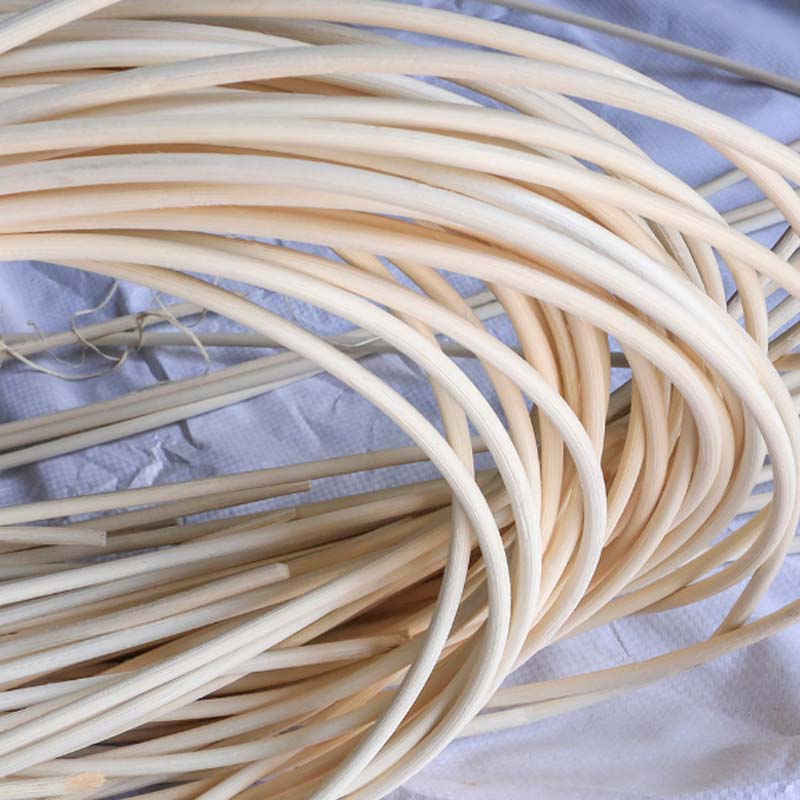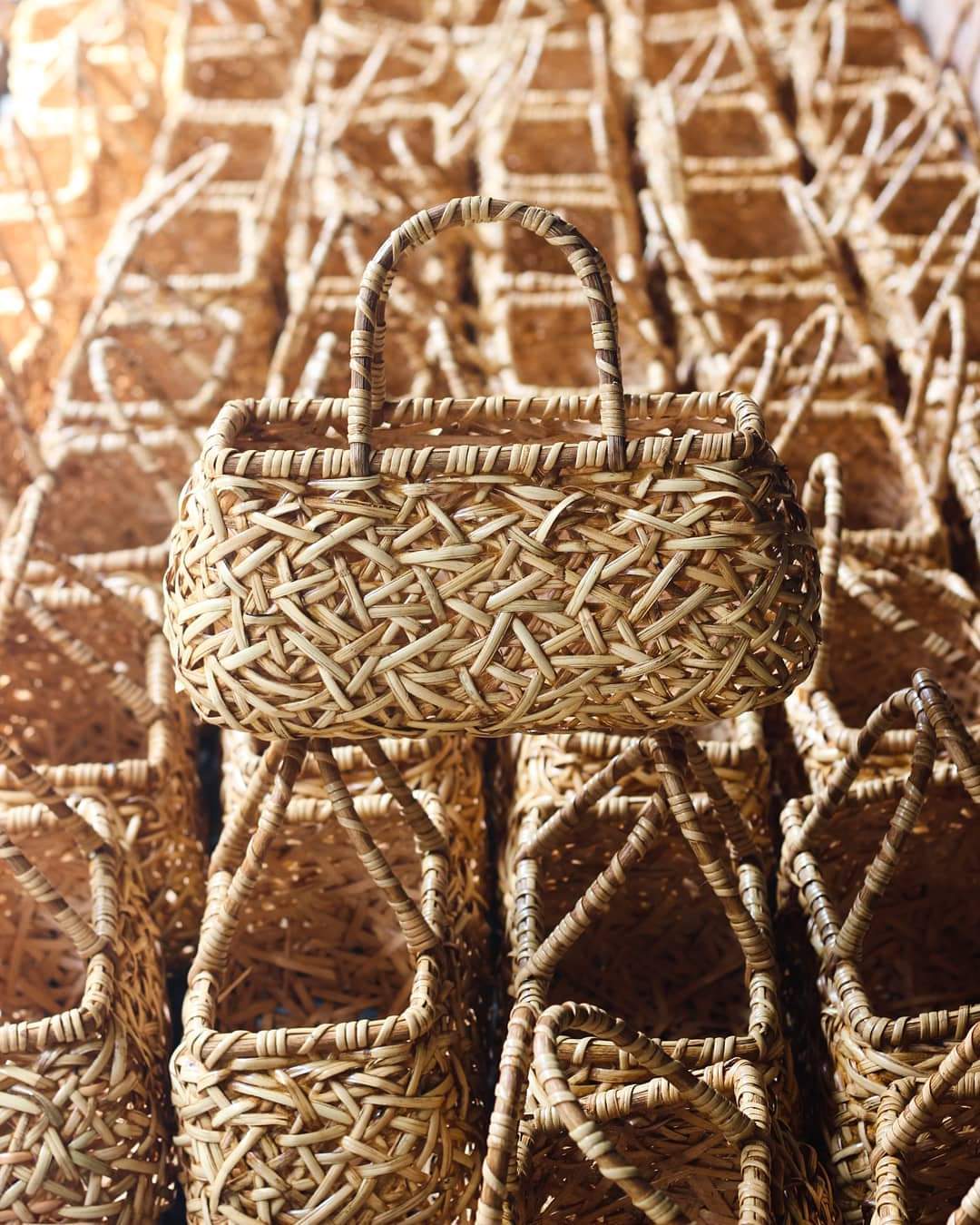
The rattan plant
"Rattan, also spelled ratan, is the name for roughly 600 species of climbing palms belonging to subfamily Calamoideae.
Rattan palms are not trees, but grow like vines over other plants without damaging them.
Its name derives from the Malay name of the palm-like plant "rotang" and has been converted to rattan in English. So it's sometimes written with just one T. Whereas earlier rattan forests were mercilessly cut down, today environmentally friendly and sustainable rattan plantations are being created to protect the rainforest.
Rattan is considered a fast-growing plant, after only two years it is already big enough to be harvested for the first time. Within 5 to 7 years it will have grown back for harvest again.
As a rule, no trees are felled and no land is cleared. In addition, the plant is considered a secure source of income for locals, since there are usually no further costs for reforestation and the harvest generates a regular income.
Therefore rattan is considered one of the most sustainable raw materials to build bags.

The raw material
After the strands have been cut off, they are cut into pieces about 4 meters long and the prickly bark is then removed.

The secret of rattan's strength
In contrary to bambus rattan is a nearly solid material, with only very small holes in it. Therefore it will not splinter when broken, but only fray.

Rattan peel
The stronger rattan canes, also called 'peel' are used to build very durable and stable frameworks.

Rattan skin
To combine the structures and fix bigger parts together, rattan skin is used. It's flexibility is ideal to wrap around bigger parts and tighten them together. Also very creative braid patterns can be woven with rattan skin.

Rattan know-how
Our experienced designers are able to form nearly every form you can think of, out of these different variations of this wonderful natural material.
